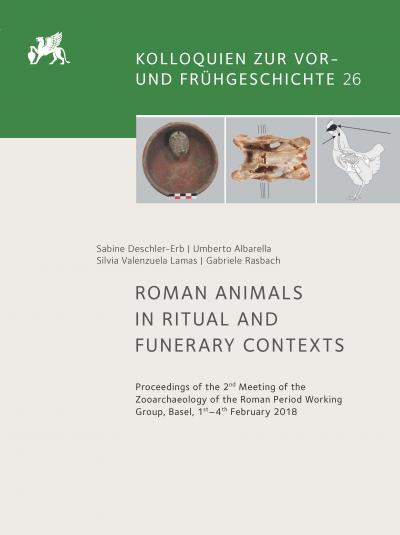Animals in funerary ritual in the Roman Netherlands
https://doi.org/10.34780/1vadd09ax6
List of Contributors
- Maaike Groot [Chapter Author] https://orcid.org/0000-0002-7034-4322
Synopsis
The most common method for the disposal of the dead in the 1st century AD in the Roman-occupied part of the Netherlands was cremation. Parts of animals, pottery and sometimes glass were placed on the pyre and burned with the deceased. After the cremation, both human and animal remains were collected and buried in a grave. Most graves were surrounded by a ditch and animal remains and other grave goods can also be found in these ditches. This paper provides a review of animal remains from cremation graves in the Late Iron Age and Roman Netherlands in order to highlight the role of animals in funerary ritual. The study focuses on two regions: the river area in the central Netherlands and the south-eastern part of the Netherlands. Twenty cemeteries are included in this study, with a total of 342 graves with identified burned animal remains. The paper addresses questions regarding the selection of animal species and body parts for funerary ritual, the difference between burned and unburned animal remains found in graves, the presence of animal remains in other features in the cemeteries, chronological developments and regional differences. The analysis of burned animal bones from cremation graves has led to an understanding of how animals were used in funerary ritual in the Late Iron Age and Roman Netherlands. Food offerings of pig, sheep and chicken were buried on the pyre with the dead and more food offerings were placed in the grave pit. Animal remains found in the ditches surrounding graves may be a result of commemorative rituals. The animal remains from graves show a selection for species, body part and the left side of the body. There appears to be little concern for the selection of certain species for men, women or children.




